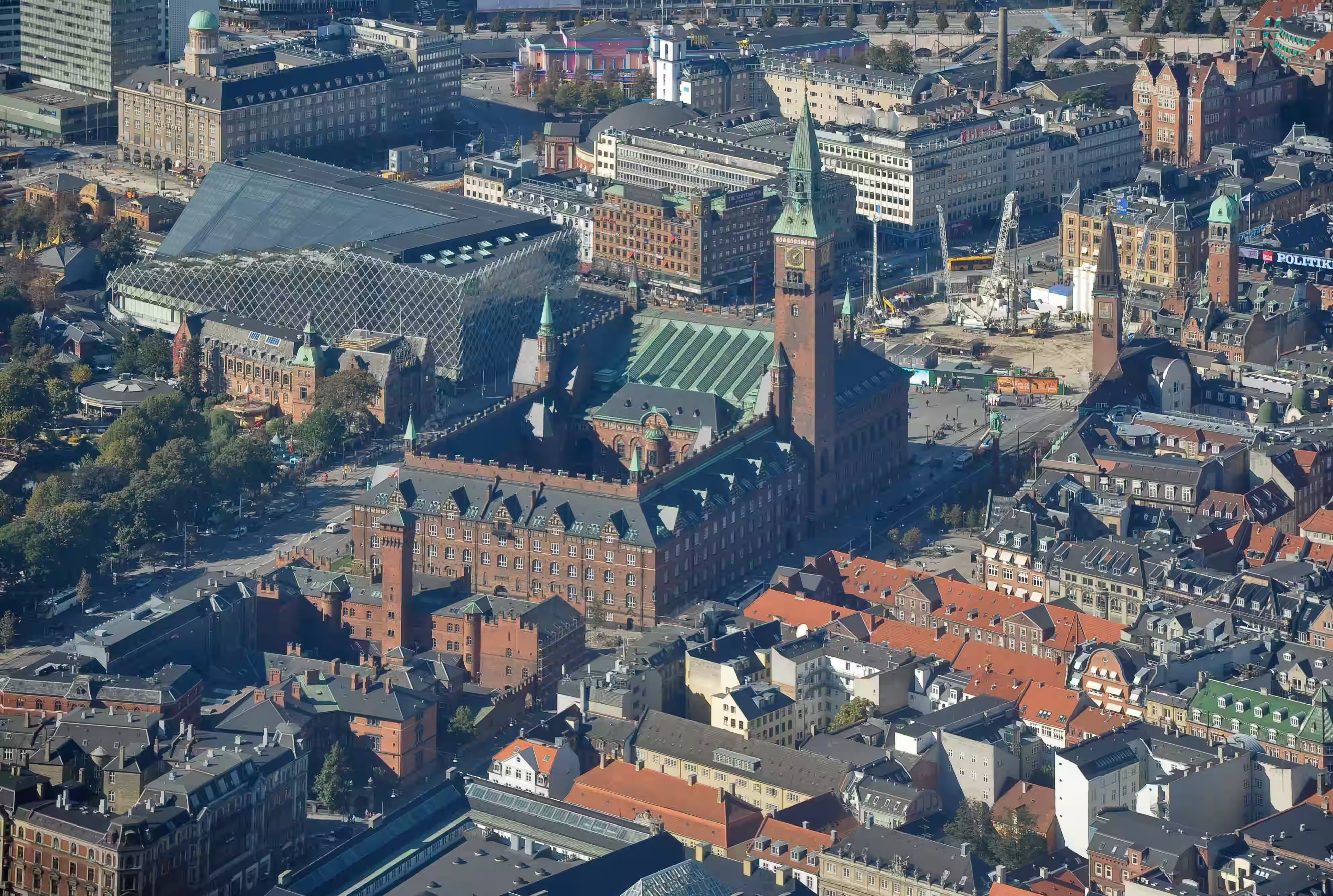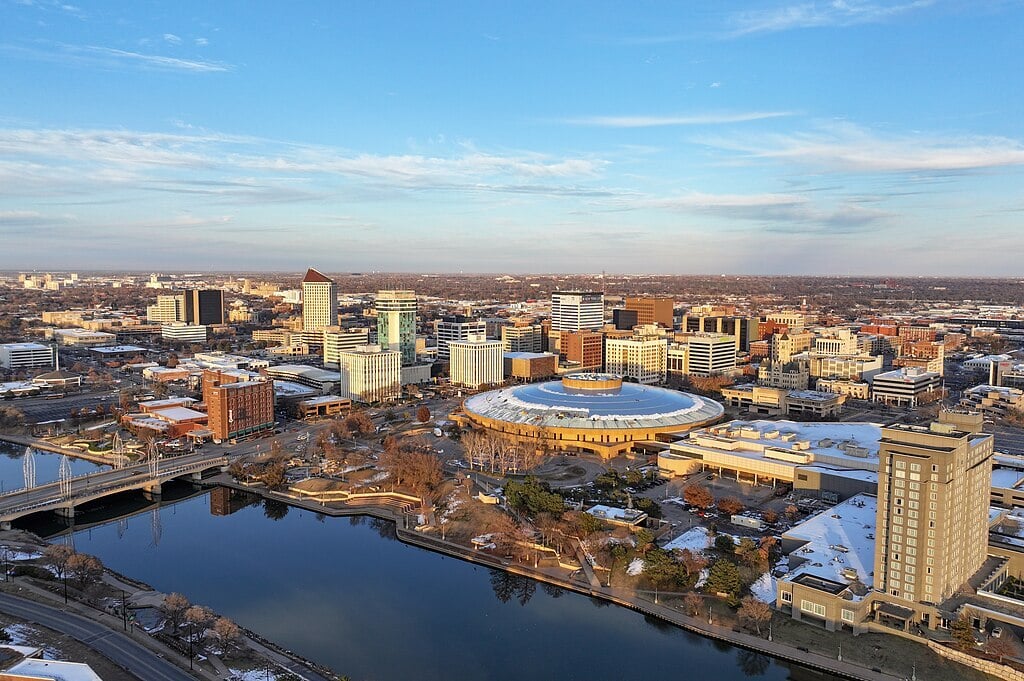.jpg)
As of 2025, over 55% of the world’s population lives in urban areas, and this number is expected to rise to nearly 68% by 2050, according to UN-Habitat. This urban growth underscores the continuing relevance of famous urban planners whose ideas shaped the way we design and organize cities today. From expansive public parks to people-friendly streetscapes, their influence is felt across every major city.
This article dives into the history of urban planning, highlights famous city planners and notable urban planners, explores their impact on urban development examples, and urban renovation projects. It also unpacks how their legacy informs urban planner jobs, urban planner job responsibilities, and new trends in urban planning today. Whether you're a student or a certified urban planner, these stories offer lasting lessons.
A Brief History of Urban Planning: How Did It Begin?

While elements of city planning existed in ancient civilizations, grid layouts in Mohenjo-Daro, aqueducts in Rome, and fortified walls in Babylon, the modern concept of urban planning began in response to the Industrial Revolution. Overcrowding, pollution, and poor sanitation called for organized strategies to make cities more livable. The Garden City movement, proposed by Ebenezer Howard in 1898, was one of the earliest formal responses. It emphasized self-contained communities that blended nature and development.
These movements laid the groundwork from the history of urban planning to today’s urban planning examples, where balance, data, and sustainability are central. They also inspired many of the urban planner job responsibilities we see in listings for urban planner jobs today. The evolution continues with new trends in urban planning, including smart infrastructure and green urbanism.
Who Are the Most Influential Urban Planners in History and Today?
Each of these notable urban planners played a pivotal role in redefining cities across centuries.
1. Frederick Law Olmsted (1822–1903)
Olmsted believed that green spaces were essential for the physical and mental health of urban residents. His vision was to make nature accessible to all, regardless of socioeconomic background.
- Notable projects: Central Park (NYC), Emerald Necklace (Boston)
- Impact on industry: His emphasis on equitable public space influenced city park systems worldwide and established a model for landscape-integrated urban renovation projects.
2. Daniel Burnham (1846–1912)
Burnham advocated for the coordination of architecture, infrastructure, and public amenities to produce beautiful, functional cities.
- Notable projects: Plan of Chicago, Design proposals for Washington, D.C.
- Impact on industry: He helped standardize the practice of comprehensive planning, a key element of many urban planner jobs and city governance structures.
3. Jane Jacobs (1916–2006)
Jacobs argued that vibrant cities depend on mixed-use neighborhoods, walkable streets, and active public spaces. She was a vocal critic of car-centric planning.
- Notable projects: Greenwich Village activism, influencing planning in Toronto and Vancouver
- Impact on industry: Her grassroots approach continues to shape famous urban planners today.
4. Le Corbusier (1887–1965)
Le Corbusier envisioned the city as a machine for living, emphasizing order, zoning, and efficiency through high-rise towers and vast open spaces.
- Notable projects: Radiant City, Chandigarh, India
- Impact on industry: His modernist planning style greatly influenced zoning laws and urban planner job duties.
5. Ebenezer Howard (1850–1928)
Howard proposed Garden Cities, self-sufficient towns surrounded by green belts to counteract the chaos of industrial cities.
- Notable projects: Letchworth Garden City, Welwyn Garden City
- Impact on industry: He is widely credited with inspiring suburban planning models and sustainable urban development examples.
6. Patrick Geddes (1854–1932)
Geddes introduced the idea of regional planning and emphasized the importance of place, culture, and environment in shaping cities.
- Notable projects: Edinburgh civic survey, Mumbai town planning
- Impact on industry: His sociological approach influenced the broad, ecosystem-based urban planner job responsibilities we see today.
7. Jan Gehl (1936)
Gehl promotes people-first planning that prioritizes walking, cycling, and social life. His ideas are backed by detailed pedestrian observations.
- Notable projects: Copenhagen city center, pedestrianization of George Street
- Impact on industry: Gehl's ideas were core to the future of urban planning and are now a requirement in urban planner job descriptions.
8. Amanda Burden (1944)
Burden is known for transforming public spaces in New York City and championing design excellence in urban development.
- Notable projects: The High Line (redevelopment), Brooklyn Waterfront Revitalization
- Impact on industry: Her approach modernized how urban planner jobs integrate public space and community benefits, influencing both policy and practice.
9. Alejandro Aravena (1967)
A Chilean architect and urban planner, Aravena focuses on inclusive, low-cost housing and participatory planning for marginalized communities.
- Notable projects: Quinta Monroy Social Housing (Chile), Villa Verde Housing (Constitución, Chile)
- Impact on industry: His participatory housing models are studied globally and demonstrate how innovative urban planning ideas can drive equitable growth.
10. Sir Peter Hall (1932–2014)
A British urbanist and academic, Hall made major contributions to regional planning, transport systems, and policy advisory work in the UK and Europe.
- Notable projects: London 2012 Olympic Legacy planning, The Enterprise Zone, UK
- Impact on industry: Hall’s research advanced spatial strategy and foresight in planning.
How Have These Planners Influenced Modern Urban Design?

The combined legacies of these well-known urban planners influence the way modern cities grow and operate:
-
Jacobs and Gehl prioritized human-centered design, redefining urban planner jobs to include community consultation and walkability metrics.
-
Olmsted and Howard advanced green infrastructure as foundational, helping frame sustainable urban development examples.
-
Burnham and Le Corbusier helped formalize zoning and master planning, concepts that underpin urban planner job responsibilities today.
Today, cities continue to borrow from their models while integrating technology in urban planning, such as digital twins, smart sensors, and AI-based simulations.
What Can Today’s Urban Planners Learn from Their Work?

Modern planners can gain several key lessons from their predecessors:
-
Understand context – Geddes emphasized regional planning and cultural relevance, a precursor to modern ecosystem-based designs.
-
Engage communities – Jacobs showed the power of local voices in shaping vibrant, adaptable urban areas.
-
Design for health and equity – Olmsted's parks were not luxuries but necessities for mental and physical wellness.
-
Balance efficiency with humanity – Le Corbusier's focus on order must now be combined with flexibility and user experience.
-
Adapt with technology – Gehl and others laid a path for integrating real-time data and technology in urban planning.
These insights are especially critical for the certified urban planner and students entering the field.
Conclusion
The work of these most famous urban planners continues to define what it means to build a livable city. Their ideas and strategic planning live on in urban renovation projects, urban development examples, and innovative urban planning ideas.
Whether you're just starting out or already a certified urban planner, blending these timeless strategies with emerging trends in urban planning and data-driven insights is essential.
If you're ready to level up your career, explore the BIM Course for Architects by Novatr and join the next wave of sustainable designers and planners reshaping our world.
Visit our resource page to get started and explore expert guidance on advancing your career.
FAQs
1. What does an urban planner do?
Urban planners develop land-use plans and programs that help create sustainable communities. Urban planner job duties include zoning and infrastructure design.
2. Who are the famous urban planners today?
Jan Gehl, Amanda Burden, and Alejandro Aravena are among the famous urban planners today.
3. What is an urban planner job description?
It includes zoning, transportation planning, environmental impact assessment, and public engagement.
Was this content helpful to you



.jpg)




.png)


